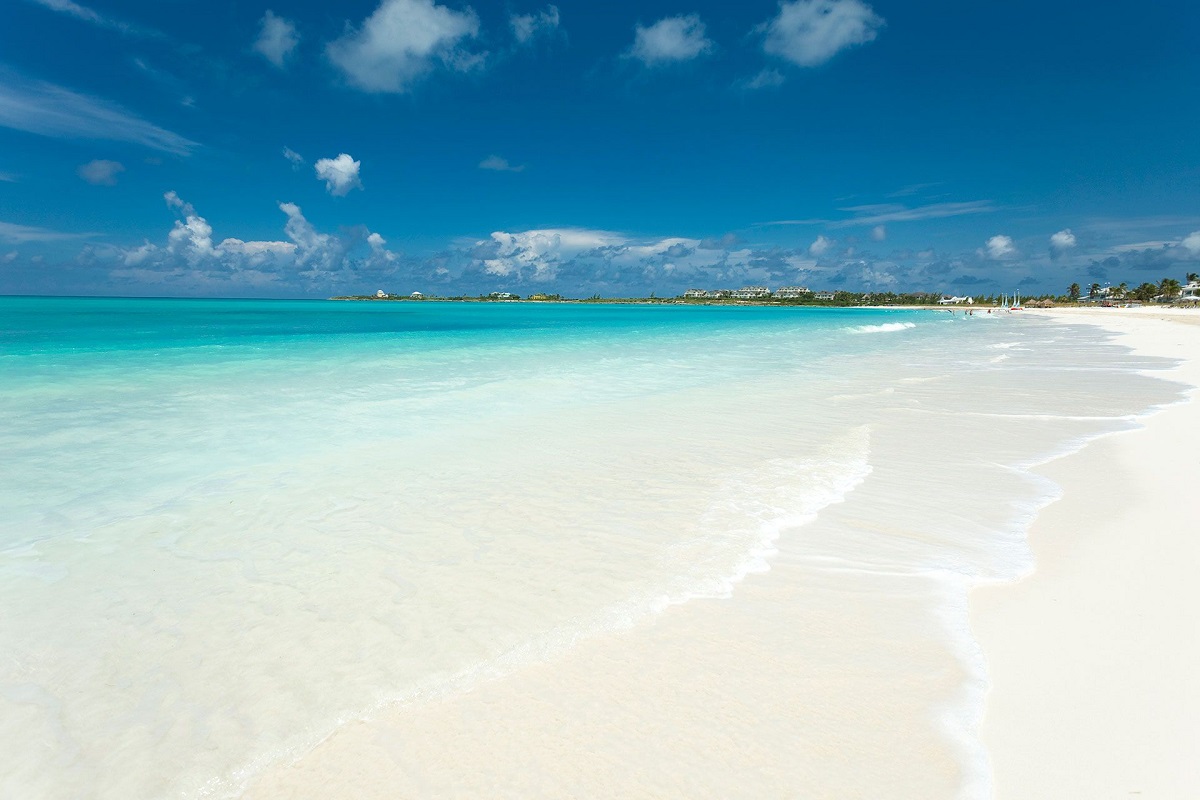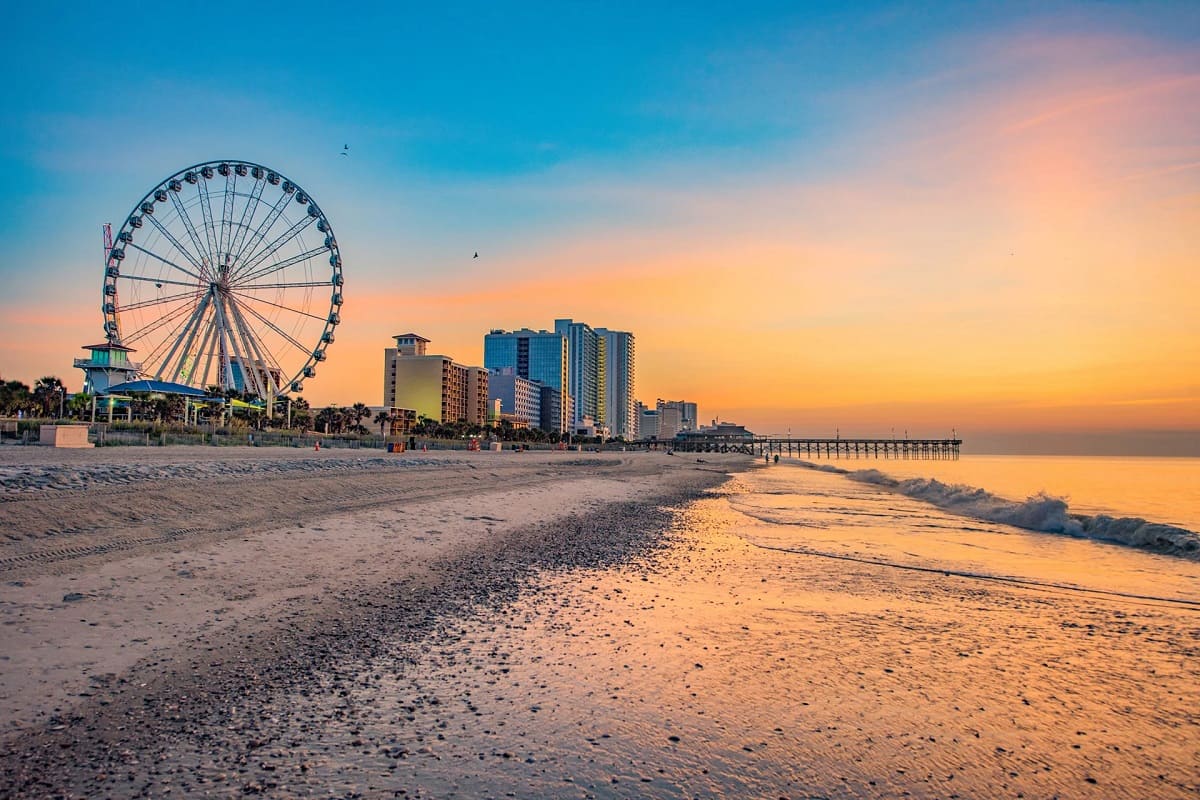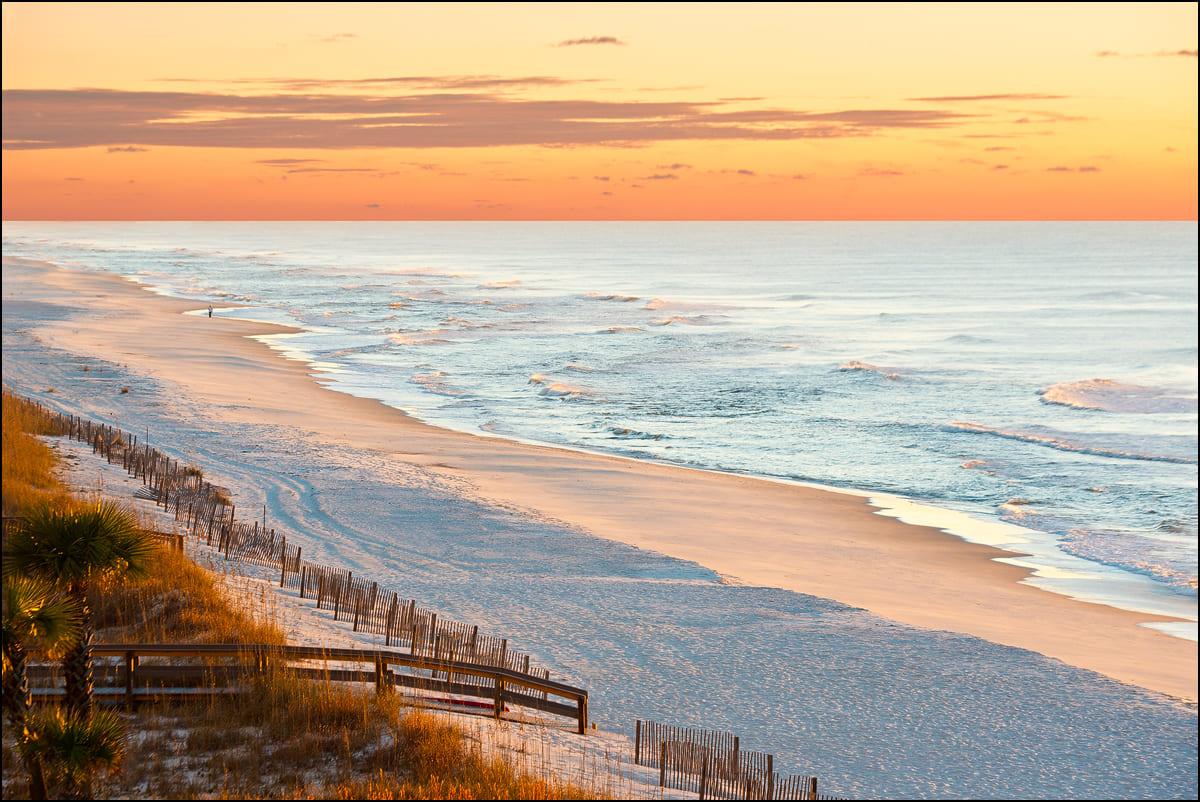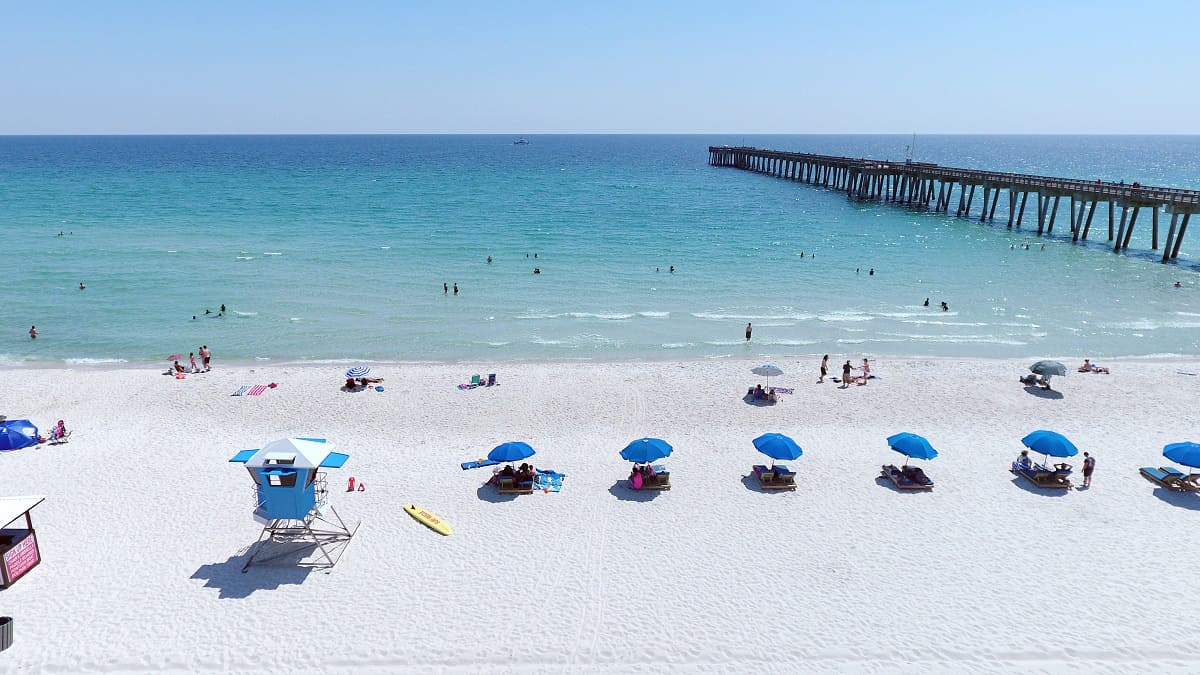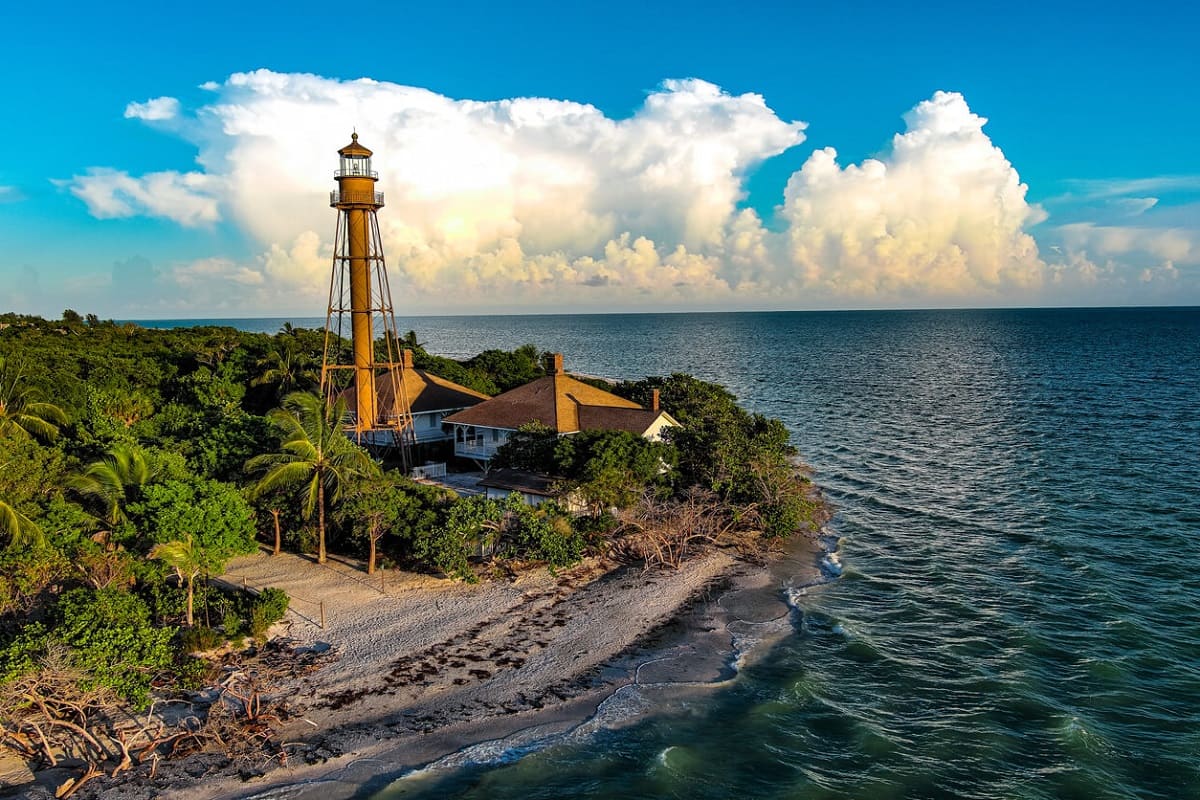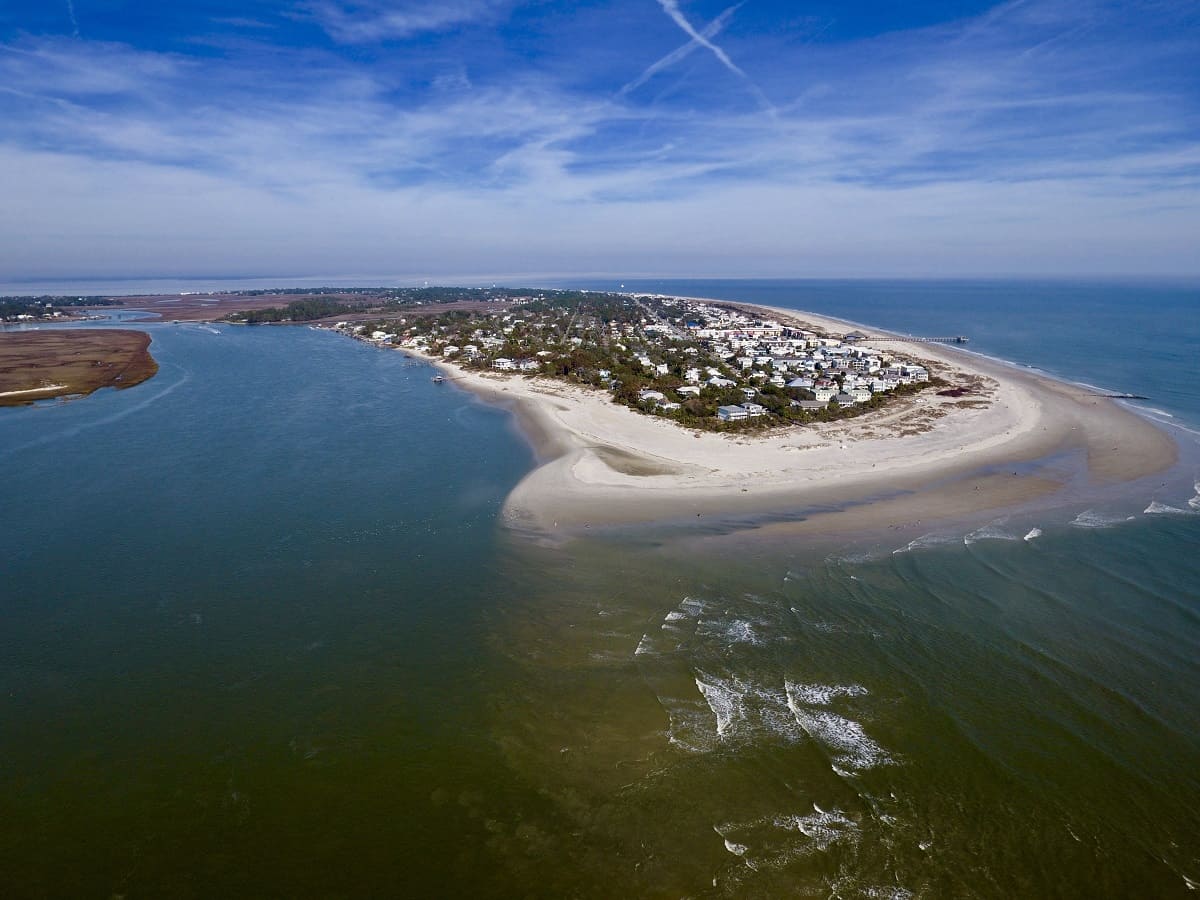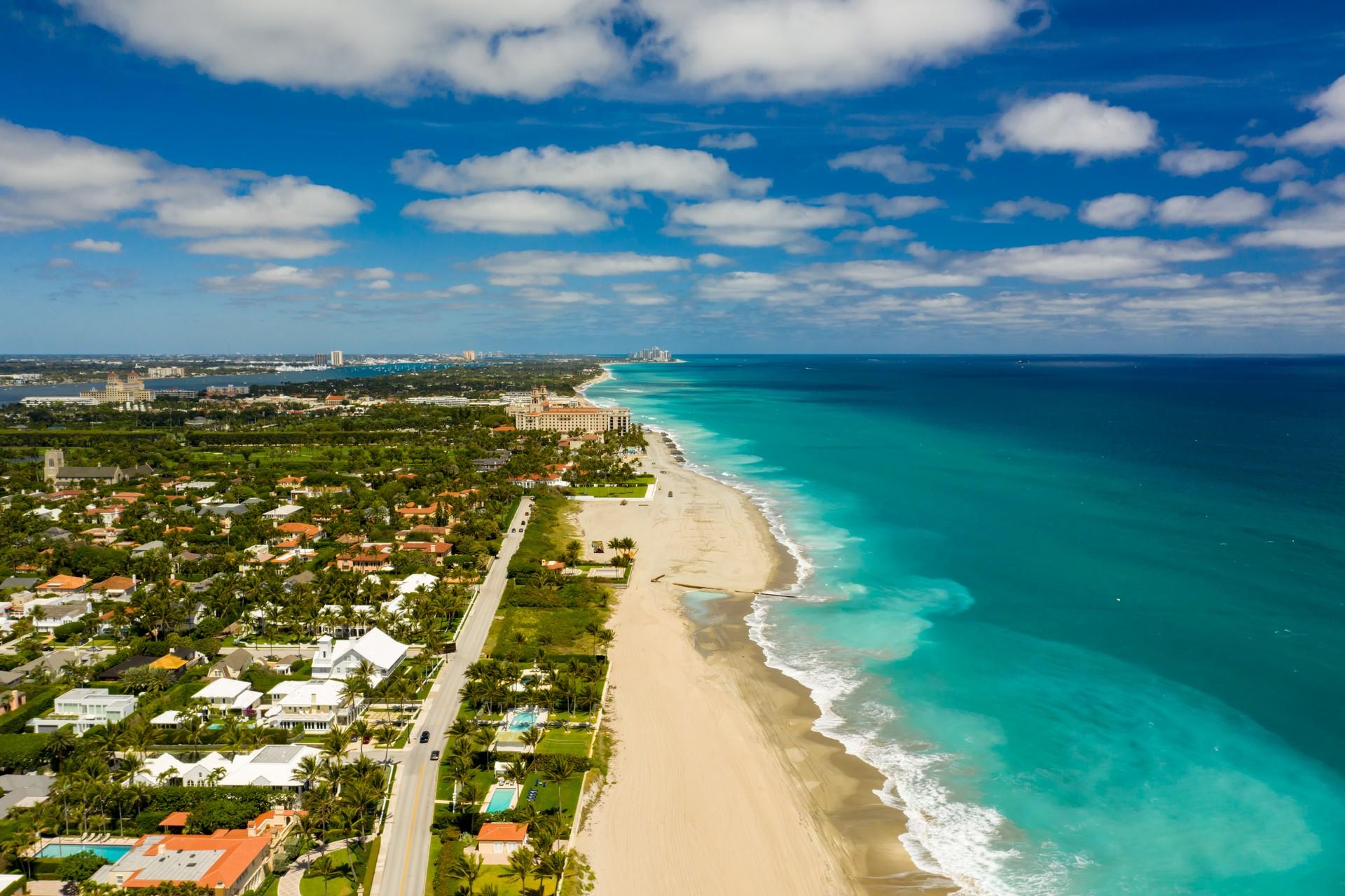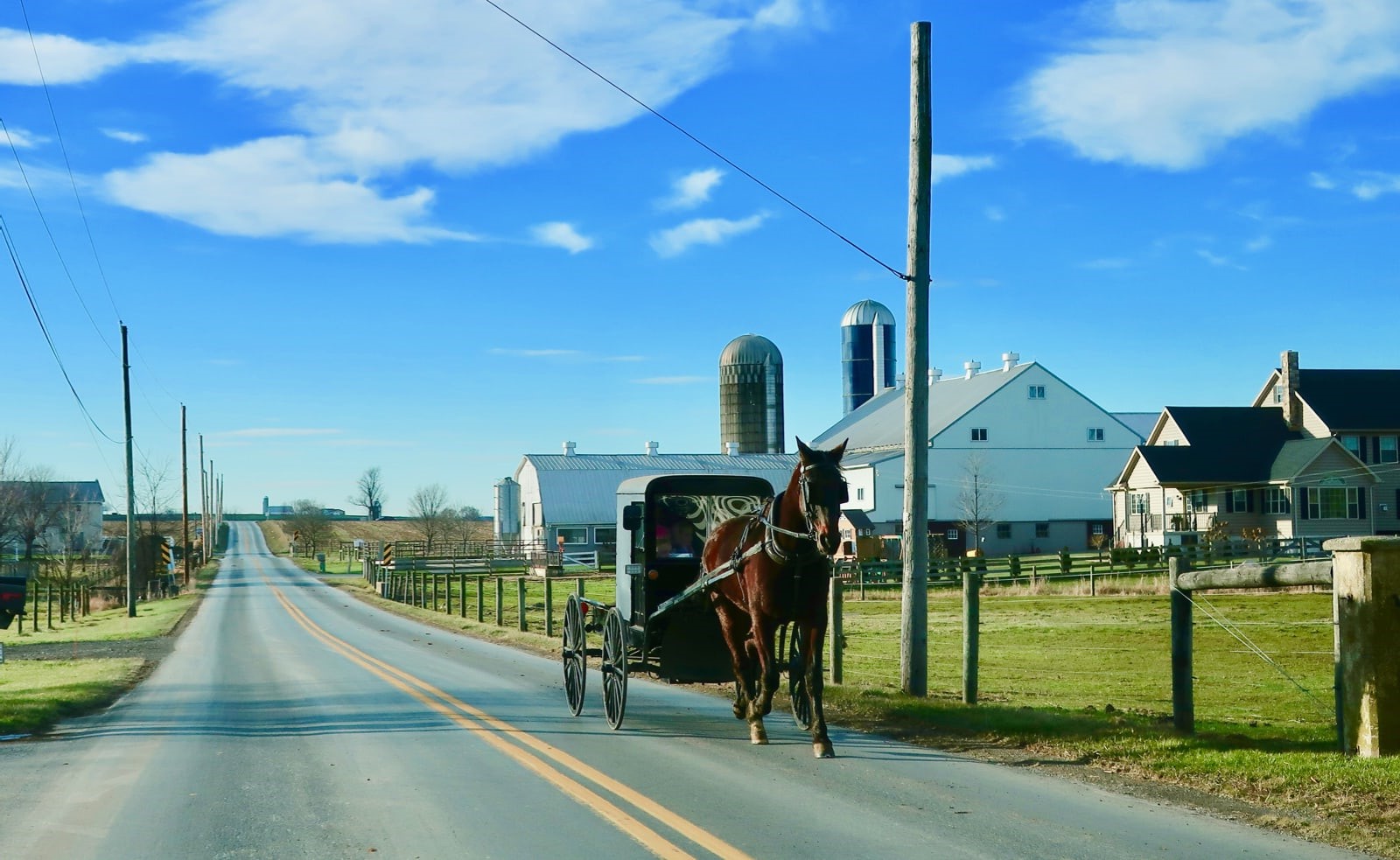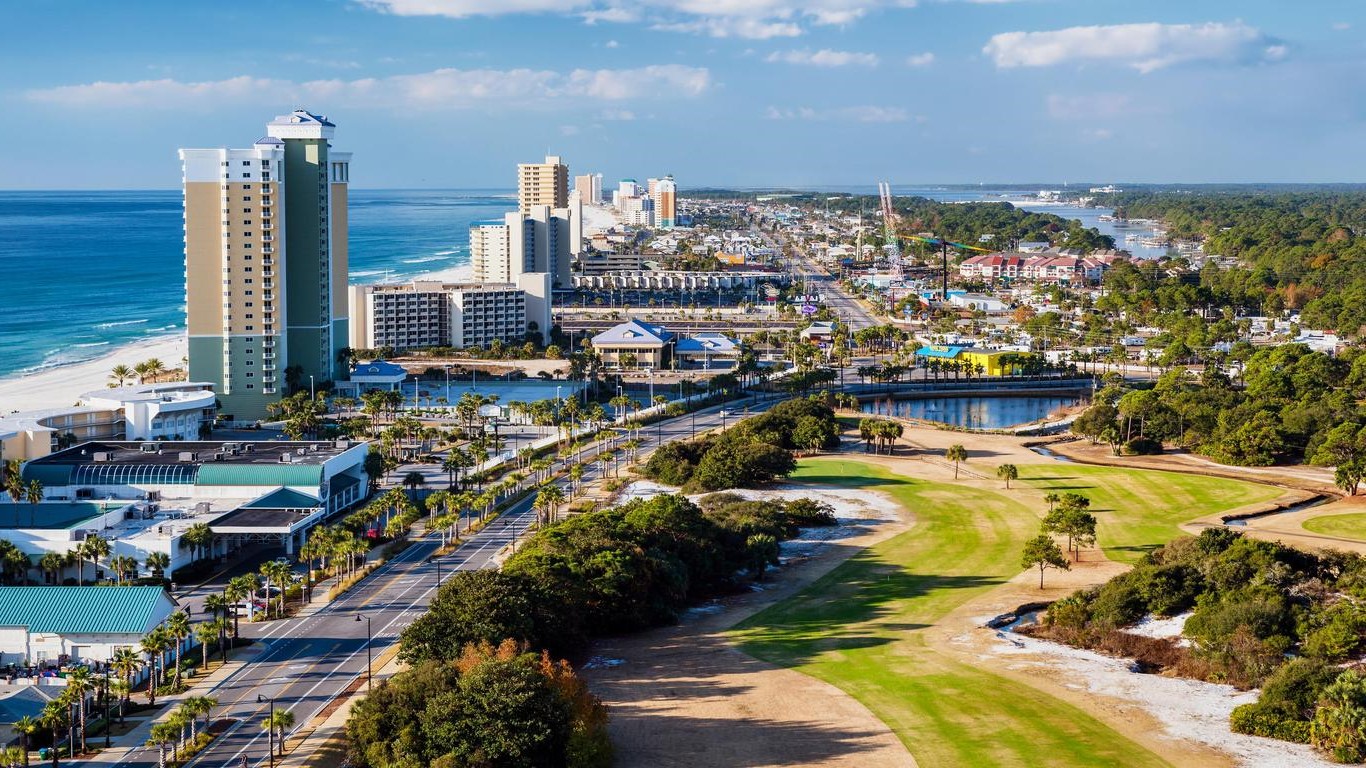Home>Weather and Climate>Russia’s Average Temperature: What You Need To Know
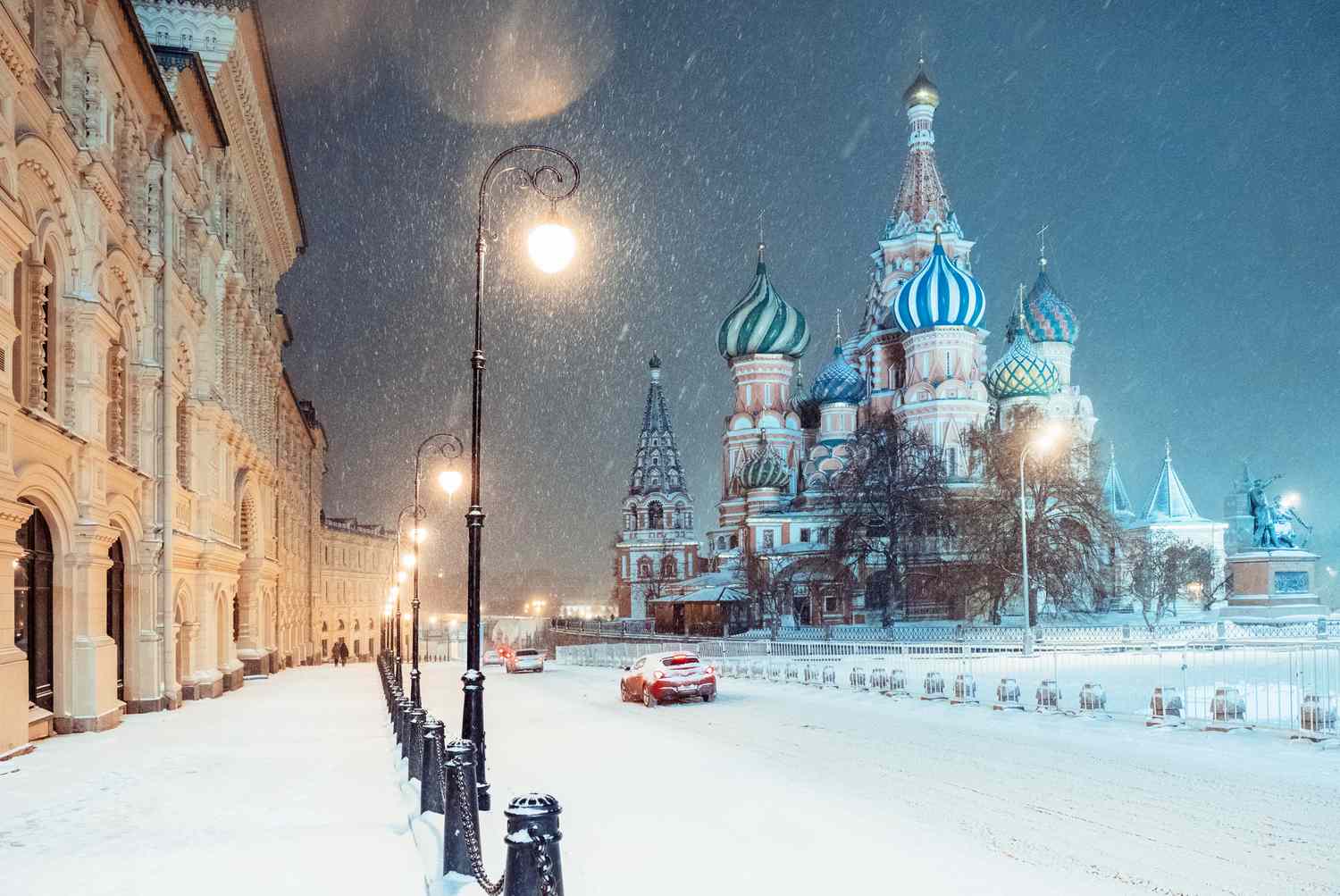

Weather and Climate
Russia’s Average Temperature: What You Need To Know
Published: February 29, 2024
Discover Russia's average temperature and climate patterns. Learn what you need to know about the weather and climate in Russia.
(Many of the links in this article redirect to a specific reviewed product. Your purchase of these products through affiliate links helps to generate commission for Temperatures.com, at no extra cost. Learn more)
Table of Contents
Understanding Russia's Climate Zones
Russia, the largest country in the world, boasts a diverse and complex climate influenced by a myriad of factors. The vast expanse of Russia encompasses a wide range of climate zones, each with its own unique characteristics and weather patterns. Understanding these climate zones is crucial for comprehending the country's diverse weather conditions and temperature variations.
-
Arctic Zone: The northernmost part of Russia falls within the Arctic climate zone, characterized by extremely cold temperatures and long, harsh winters. This region experiences permafrost and is covered by snow for a significant portion of the year.
-
Subarctic Zone: South of the Arctic zone lies the subarctic region, where the winters are still severe, with temperatures often plummeting well below freezing. Summers are short and relatively cool, making this zone suitable for coniferous forests.
-
Humid Continental Zone: Moving towards the central part of Russia, the climate transitions into a humid continental zone. This area experiences distinct seasons, with cold, snowy winters and warm summers. The temperature variation between seasons is significant, contributing to the diversity of flora and fauna in this region.
-
Subtropical Zone: Along the Black Sea coast in the southwestern part of Russia, a small area falls within the subtropical climate zone. This region enjoys mild, wet winters and hot, humid summers, fostering the growth of subtropical vegetation.
-
Desert Zone: In the southeastern part of Russia, the climate shifts to a desert zone, characterized by arid conditions and minimal precipitation. This region experiences extreme temperature differentials between day and night, with scorching hot summers and bitterly cold winters.
-
Tundra Zone: The northernmost areas of Russia fall within the tundra climate zone, where the landscape is dominated by vast, treeless plains and marshes. The temperatures here remain consistently cold, with a brief summer season that supports the growth of low-lying vegetation.
Understanding the diverse climate zones of Russia provides valuable insights into the country's weather patterns and temperature variations. This knowledge is essential for various sectors, including agriculture, tourism, and urban planning, as it enables informed decision-making and preparedness for the distinct weather conditions prevalent across different regions of this expansive nation.
Factors Affecting Russia's Average Temperature
Russia's average temperature is influenced by a multitude of factors, ranging from geographical features to atmospheric conditions. These elements collectively contribute to the diverse and often extreme temperature variations experienced across the country.
Geographical Extent
The sheer size of Russia plays a pivotal role in shaping its average temperature. Spanning over 17 million square kilometers, Russia encompasses a wide range of climate zones, each characterized by distinct temperature patterns. From the frigid Arctic tundra in the north to the subtropical regions along the Black Sea coast, the geographical diversity of Russia significantly impacts its average temperature.
Continental Climate
The prevalence of a continental climate in Russia amplifies temperature differentials between summer and winter. The vast landmass, with its limited maritime influence, leads to pronounced seasonal variations. Winters are notably cold, with temperatures often plunging well below freezing, while summers can bring sweltering heat, especially in the southern regions. This stark contrast between seasons contributes to the overall average temperature experienced throughout the year.
Topography and Elevation
Russia's varied topography, including expansive plains, rugged mountains, and extensive plateaus, exerts a notable influence on its temperature. Higher elevations in mountainous regions tend to experience cooler temperatures, while low-lying areas are susceptible to temperature inversions and extreme weather events. The diverse topographical features across Russia contribute to localized temperature variations, further impacting the country's average temperature.
Proximity to Water Bodies
The proximity of certain regions to water bodies, such as the Arctic Ocean, the Baltic Sea, and the Black Sea, significantly influences their average temperature. Coastal areas benefit from the moderating effects of nearby water bodies, experiencing milder winters and cooler summers compared to inland regions. This maritime influence plays a crucial role in shaping the average temperature of coastal areas, contributing to the overall temperature dynamics of Russia.
Urbanization and Industrialization
The rapid urbanization and industrialization witnessed in certain parts of Russia have led to the development of urban heat islands. These densely populated urban areas experience higher average temperatures compared to their surrounding rural landscapes. The concentration of infrastructure, industrial activities, and human population in urban centers contributes to localized temperature anomalies, impacting the overall average temperature within these areas.
Atmospheric Circulation Patterns
The atmospheric circulation patterns, including the influence of polar and subtropical air masses, play a significant role in shaping Russia's average temperature. The movement of air masses across the vast expanse of the country contributes to regional temperature variations, with the interaction of different air masses influencing the overall temperature distribution across Russia.
Understanding the intricate interplay of these factors is essential for comprehending Russia's average temperature patterns. These elements collectively contribute to the dynamic and diverse temperature landscape observed across the expansive territory of Russia, shaping the country's climate and weather conditions.
Impact of Climate Change on Russia's Temperature
Climate change has emerged as a significant driver of temperature shifts in Russia, exerting profound impacts on the country's diverse climate zones and average temperature patterns. The consequences of climate change are increasingly evident across various regions of Russia, with far-reaching implications for the environment, ecosystems, and human activities.
One of the most notable impacts of climate change on Russia's temperature is the amplification of temperature extremes. Warming trends have led to an increase in the frequency and intensity of heatwaves, particularly in the southern and central regions. Conversely, the Arctic and subarctic zones have experienced accelerated temperature rise, resulting in the thawing of permafrost and alterations in the delicate balance of these ecosystems.
The changing temperature dynamics have also influenced precipitation patterns, contributing to alterations in the hydrological cycle across different parts of Russia. Some regions have witnessed shifts in seasonal precipitation, leading to periods of drought or intense rainfall, which further impact temperature variations and ecosystem resilience.
Furthermore, the warming of Russia's temperature has implications for the country's vast boreal forests, which play a crucial role in regulating the global carbon cycle. Elevated temperatures, coupled with prolonged periods of heat and drought, have heightened the risk of wildfires, posing a threat to the integrity of these vital ecosystems and releasing substantial amounts of carbon dioxide into the atmosphere.
In addition to environmental impacts, the changing temperature landscape in Russia has significant socio-economic ramifications. Sectors such as agriculture and forestry are confronted with the challenges posed by shifting temperature patterns, affecting crop yields, forest health, and overall productivity. Moreover, the reliance of certain indigenous communities on traditional livelihoods tied to specific temperature and climate conditions has been disrupted, necessitating adaptation strategies in the face of changing environmental dynamics.
The implications of climate change on Russia's temperature are multifaceted, encompassing ecological, societal, and economic dimensions. As the global climate continues to evolve, understanding and addressing the impacts of temperature shifts in Russia is imperative for fostering resilience, mitigating risks, and charting sustainable pathways for the future.
This comprehensive overview underscores the intricate interplay between climate change and Russia's temperature, emphasizing the urgency of proactive measures to address the evolving climate dynamics and their far-reaching consequences.
Read more: Peru’s Climate: What You Need To Know
Importance of Russia's Average Temperature for Agriculture and Economy
Russia's average temperature exerts a profound influence on the country's agricultural sector and overall economy, playing a pivotal role in shaping agricultural practices, crop yields, and economic activities. The diverse climate zones across Russia, characterized by varying temperature patterns, significantly impact the agricultural landscape and contribute to the country's economic dynamics.
Agriculture, a cornerstone of Russia's economy, is intricately linked to the country's average temperature. The temperature variations across different regions dictate the types of crops that can be cultivated and the duration of the growing season. In the temperate and continental climate zones, where the average temperature supports a range of crops, including grains, vegetables, and fruits, agricultural activities thrive. Conversely, in the northern regions with colder average temperatures, the cultivation of cold-resistant crops becomes essential for sustaining agricultural productivity.
The timing and duration of the growing season, largely determined by the average temperature, directly impact crop cultivation and harvest cycles. Warmer average temperatures in certain regions facilitate longer growing seasons, enabling multiple crop cycles and enhancing overall agricultural output. Conversely, colder average temperatures in northern areas necessitate strategic crop selection and cultivation techniques to optimize yields within a shorter growing window.
The significance of Russia's average temperature for agriculture extends beyond crop cultivation to livestock rearing and animal husbandry. Livestock management practices, such as feed production, grazing patterns, and breeding schedules, are intricately tied to temperature variations. Colder average temperatures in northern and central regions necessitate specialized husbandry practices to ensure the well-being and productivity of livestock, contributing to the overall agricultural economy.
Furthermore, the economic implications of Russia's average temperature for agriculture reverberate across domestic and international markets. Fluctuations in average temperature can impact crop yields, influencing supply dynamics and commodity prices. The interplay between temperature variations and agricultural productivity directly influences the country's food security, trade balances, and economic resilience.
In addition to its direct impact on agricultural activities, Russia's average temperature also influences ancillary sectors, such as agro-industries, transportation, and rural economies. The temperature dynamics shape logistical considerations, storage facilities, and infrastructure development, impacting the efficiency and cost-effectiveness of agricultural supply chains.
The intricate relationship between Russia's average temperature, agriculture, and the broader economy underscores the fundamental importance of temperature dynamics in shaping the country's economic landscape. As temperature patterns continue to evolve, proactive measures, technological innovations, and adaptive strategies are essential for enhancing agricultural resilience, ensuring food sustainability, and fostering economic stability.
This comprehensive overview highlights the multifaceted significance of Russia's average temperature for agriculture and the economy, emphasizing the interconnectedness of temperature dynamics with agricultural productivity, economic activities, and societal well-being.
Tips for Traveling to Russia Based on Average Temperature
When planning a trip to Russia, considering the average temperature of the specific regions you intend to visit is crucial for a comfortable and enjoyable travel experience. Russia's vast expanse encompasses diverse climate zones, each with its own unique temperature patterns, making it essential to tailor your travel preparations to the prevailing weather conditions. Here are valuable tips for traveling to Russia based on the average temperature:
1. Seasonal Packing Essentials
Be mindful of the seasonal variations in average temperature when packing for your trip. If you're visiting during the winter months, especially in the northern and central regions, ensure you pack thermal clothing, insulated footwear, and cold-weather accessories to stay warm in sub-zero temperatures. Conversely, for summer travel, particularly in the southern and coastal areas, lightweight and breathable clothing, along with sun protection, are essential to cope with the warmer average temperatures.
2. Weather-Appropriate Activities
Align your travel itinerary with the average temperature of your chosen destinations. Embrace winter activities, such as ice skating and snow sports, when visiting regions with colder average temperatures, while opting for outdoor excursions and sightseeing during milder seasons. Understanding the temperature dynamics allows you to engage in weather-appropriate activities and make the most of your travel experience.
3. Climate-Adapted Itinerary
Tailor your travel plans to accommodate the temperature variations across different regions. Consider exploring the northern areas with colder average temperatures during the summer months, taking advantage of the milder weather to experience the unique landscapes and cultural attractions. Conversely, plan coastal or southern excursions during the warmer seasons to enjoy outdoor leisure and coastal amenities.
4. Local Weather Updates
Stay informed about the current weather conditions and temperature forecasts for your intended travel period. Utilize reliable weather apps or consult local sources to monitor temperature fluctuations and anticipate any extreme weather events. This proactive approach enables you to make real-time adjustments to your travel plans and ensures a seamless and safe journey.
5. Cultural and Seasonal Festivities
Embrace the cultural and seasonal festivities that align with the average temperature of your travel destination. Experience traditional winter celebrations in colder regions, immersing yourself in local customs and festivities, while participating in outdoor events and festivals during milder seasons. The temperature-influenced cultural experiences enrich your travel adventure and provide insights into regional traditions.
By incorporating these tips into your travel preparations, taking into account the average temperature of your chosen destinations, you can optimize your travel experience and make the most of Russia's diverse climate zones. Understanding and adapting to temperature variations enhance your journey, allowing you to appreciate the country's rich cultural heritage and natural beauty while ensuring a comfortable and memorable exploration of this expansive and captivating nation.

